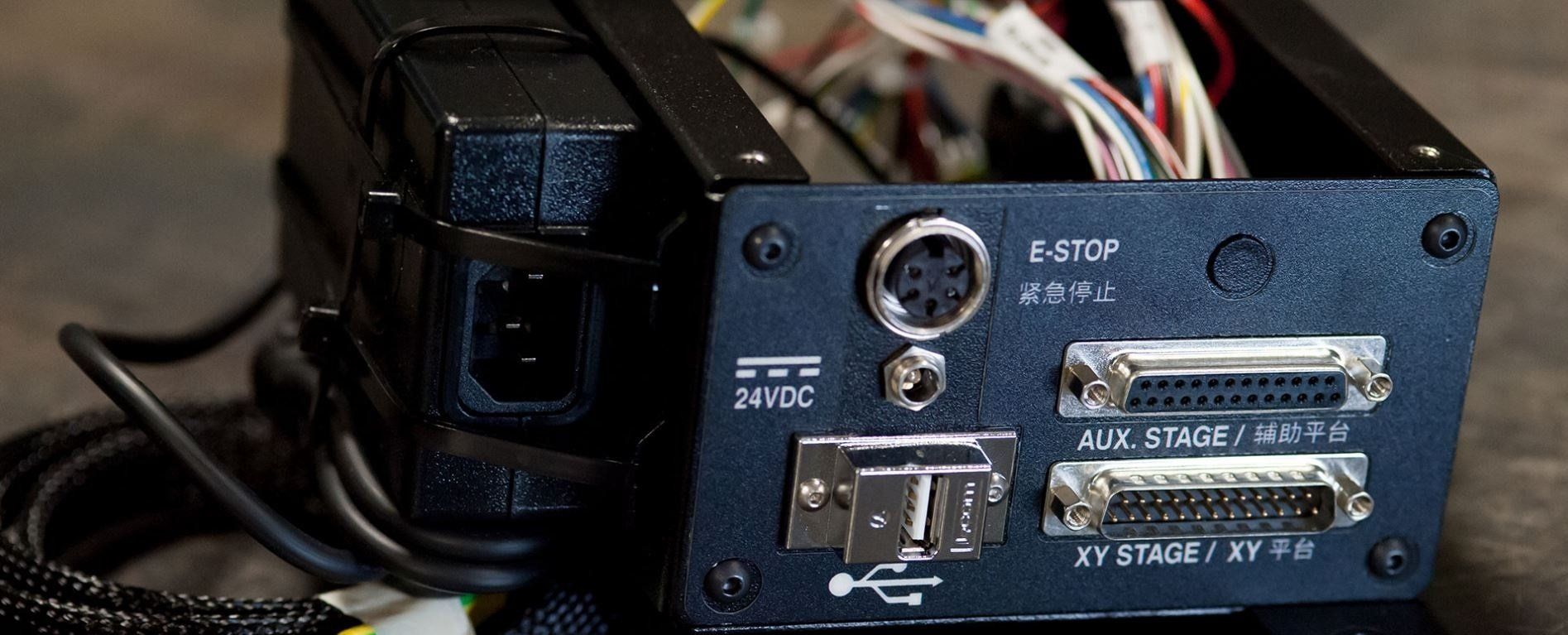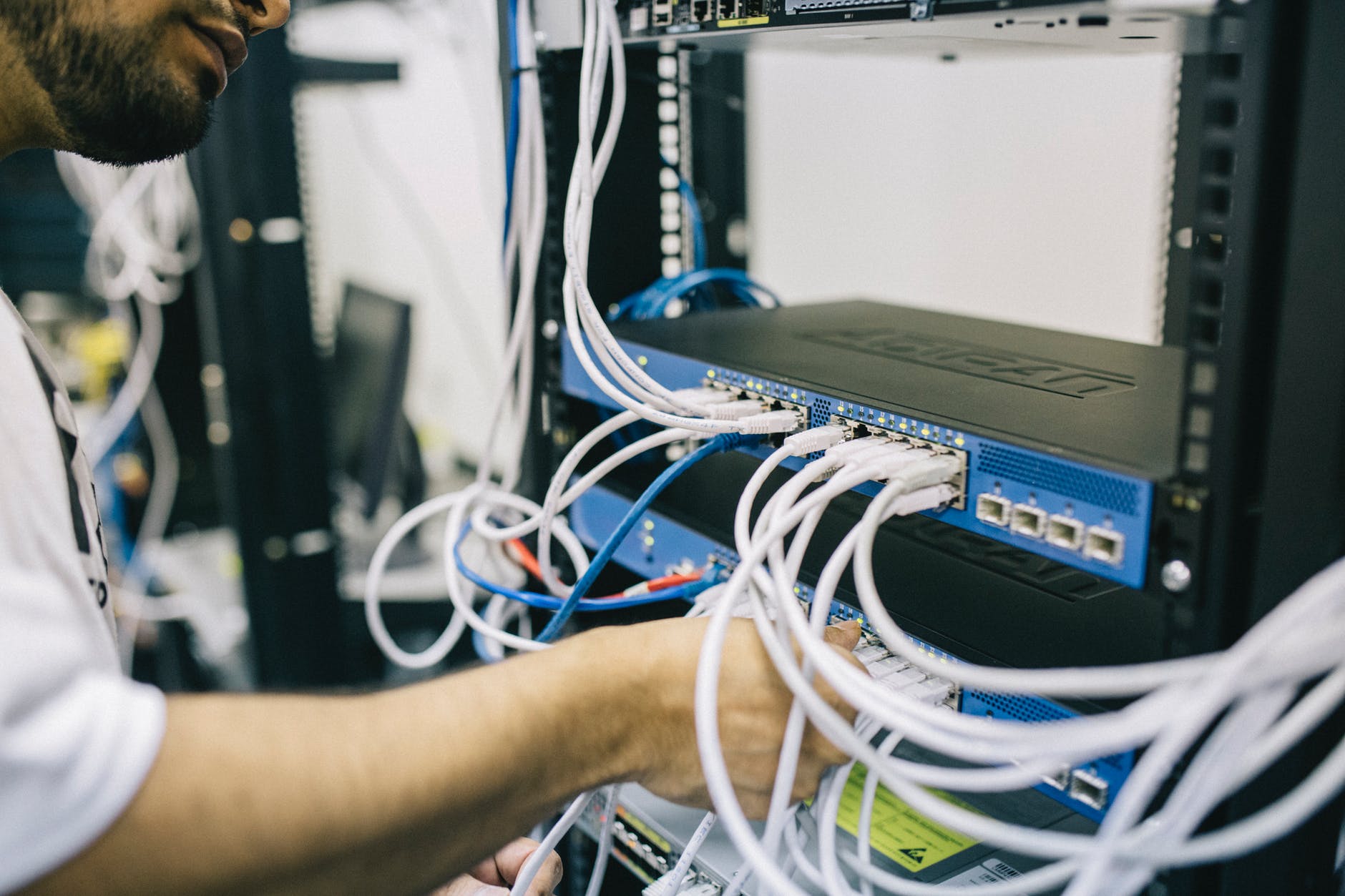The Future of Power Supply Technology: Trends and Innovations
Introduction
The power supply industry is rapidly evolving, driven by advancements in technology, growing demand for efficient energy solutions, and increasing applications in emerging markets. As we look to the future, it's essential to explore the trends and innovations shaping the power supply landscape.
Trends:
1. Increased Efficiency: Next-generation power supplies will prioritize high efficiency, reducing energy waste and minimizing environmental impact.
2. Digital Power Supplies: Digital control and monitoring will become more prevalent, enabling real-time optimization and improved reliability.
3. Wide-Bandgap Semiconductors: Silicon carbide (SiC) and gallium nitride (GaN) semiconductors will revolutionize power supply design, offering higher efficiency and power density.
4. Modular and Configurable Designs: Modular power supplies will gain popularity, allowing for customized solutions and simplified upgrades.
5. Wireless Power Transfer: Wireless charging technology will expand beyond consumer devices to industrial and medical applications.
Innovations:
1. GaNFETs and SiC MOSFETs: New semiconductor materials enabling faster switching, higher efficiency, and reduced heat dissipation.
2. Resonant and Soft-Switching Technologies: Minimizing switching losses and electromagnetic interference (EMI).
3. Artificial Intelligence (AI) and Machine Learning (ML): Optimizing power supply performance, predicting maintenance, and enhancing reliability.
4. 3D Printing and Additive Manufacturing: Streamlining production, reducing material waste, and enabling complex geometries.
5. Energy Harvesting and Regeneration: Capturing and reusing energy from environmental sources or system waste.
Emerging Applications:
1. Electric Vehicles (EVs) and Charging Infrastructure
2. Renewable Energy Systems and Smart Grids
3. Industrial Automation and IoT Devices
4. Medical Devices and Healthcare Technology
5. Aerospace and Defense Systems
Conclusion
The future of power supply technology promises significant advancements in efficiency, reliability, and innovation. As the industry continues to evolve, US-Electronics remains committed to delivering cutting-edge power supply solutions that meet the growing demands of our customers.
Call-to-Action
Stay ahead of the curve with US-Electronics' expertise in power supply design and manufacturing. Contact us to discuss your custom power supply needs and learn more about our innovative solutions.








